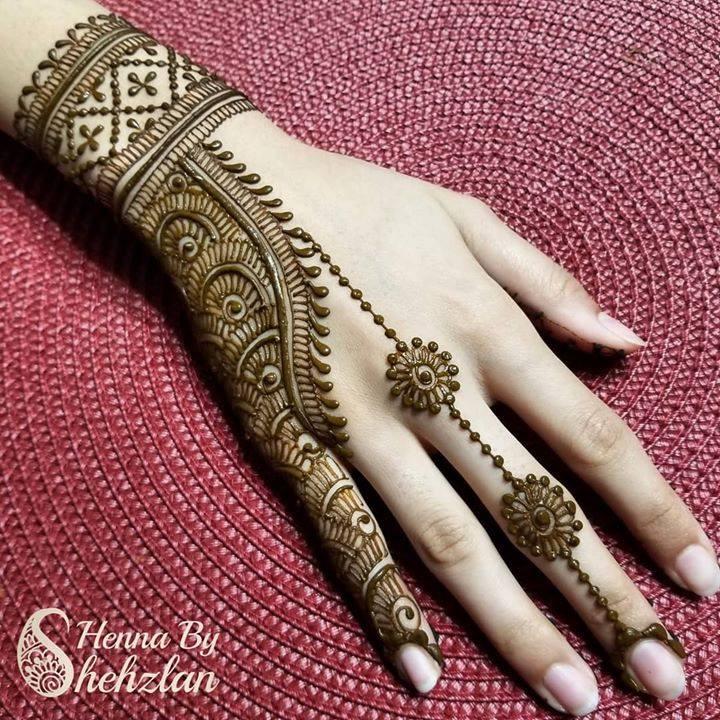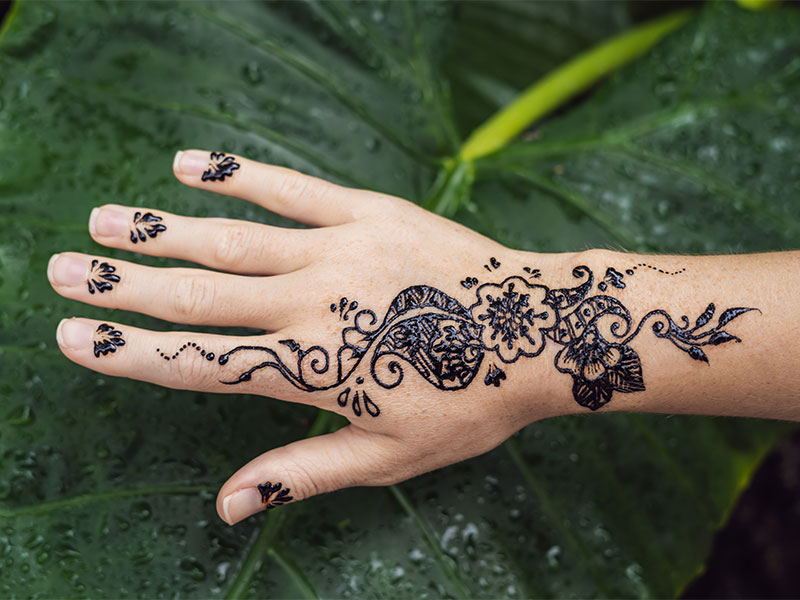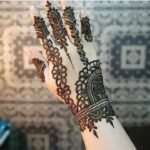At Indian weddings, the hands and feet of the bride are typically painted with intricate mehendi patterns. These patterns, which have significant cultural and spiritual connotations, have been passed down from generation to generation. This style of music and dance has been performed in India for countless generations, and the country’s fascination with it has only increased over the course of the years.
It has been reported that the percentage of brides who opt for elaborate mehendi designs on the day of their wedding has climbed by more than 50% in 2023.
On their wedding days, ladies are increasingly turning to the ancient art of mehendi as a means of showcasing their one-of-a-kind personalities and distinctive senses of style. There is an almost unlimited range of mehendi designs that are appropriate for brides, ranging from traditional floral patterns to cutting-edge geometric and abstract styles. Some of the most popular mehendi designs are shown here.
In this article, we will explore some of the most popular wedding mehendi styles and patterns for 2023 in the hope that it may motivate and enlighten future brides as they make their choice.
Traditional Mehendi Designs
1. Rajasthani and Marwari Designs

These motifs are said to have originated in the districts of Rajasthan and Marwar in India. They are renowned for their elaborate and complicated patterning. They frequently include a variety of organic forms, such as flowers, leaves, and other shapes.
2. Arabic Designs

The bold and black patterns that are characteristic of Arabic mehendi are characterised by the inclusion of bold lines and geometric motifs. These patterns have their roots in Islamic art, and they are quite common in countries of the Middle East.
3. Floral and Paisley Patterns

Mehendi designs that feature floral motifs and paisley are particularly well-liked in many parts of the world. These patterns sometimes include elaborate floral designs, as well as paisley and other organic-looking shapes.
4. The Meaning Behind Traditional Designs
Mehendi is both body art and a symbol in various cultures. Mehendi on the bride’s hands and feet symbolises luck and fertility at Hindu marriages. In certain cultures, the Mehendi design’s depth of colour and intricacy symbolises the wearer’s love.
Factors to Consider When Choosing a Bridal Mehendi Design
1. Personal style and preferences
When deciding on a bridal Mehendi design, your individual taste and sense of flair should take precedence above all else. Describe the qualities you like and the qualities you hope to convey through your Mehendi. Choose a pattern that reflects your sense of style by considering your preferred colours, patterns, and styles.
2. Size and placement of the design
It is also essential to think about the size and location of the Mehendi pattern. To what extent on your hand will the Mehendi be applied? Do you have a specific spot in mind for the Mehendi? You can use these to figure out how big and where to put your design.
3. Occasion and outfit
Your wedding day mehendi design would also depend on the event and attire. A traditional wedding may require a more ornate design, whereas a casual wedding may require a simpler one. Mehendi designs should match your attire colours and style.
4. Budget
Finally, examine your bridal Mehendi budget. Some designs need more time and skill from the Mehendi artist and cost extra. Choose a design that fits your budget and style.
Copy These 50 Unique and Elegant Bridal Mehendi Designs from Instagram
How to Choose the Right Mehendi Artist
1. Research and Referrals
You could begin by looking out Mehendi artists in your neighbourhood and asking for recommendations from people you know, as well as from family, friends, and bridal websites. Look for artists that have a solid reputation in their field and who have received favourable feedback from previous customers.
2. Portfolio Review
Examine the portfolios of the possible Mehendi artists once you have compiled a list of candidates; this will give you an idea of their design aesthetic, the level of their skill, and the kinds of patterns in which they specialise. This will help you gain a deeper comprehension of their capabilities and give you a better idea of whether or not their approach is a good match for your preferences.
3. Communication and Consultation
When searching for a Mehendi artist, having strong communication skills is essential. Make an appointment with the artist to talk over your thoughts on the Mehendi design, as well as to gauge how well you get along with them as a person. This will also provide you with the opportunity to ask any questions that you may have about the methods that they use in their procedure.
4. Hygiene and Safety Measures
In conclusion, it is essential to take into account the cleanliness and precautions used by the person applying the mehendi. In order to prevent any potential health problems, you must check to see that they adhere to the appropriate hygiene practises and always use clean, high-quality tools. It is essential to inquire about their level of expertise and training in the application of mehendi, in addition to any certificates that they could possess.



